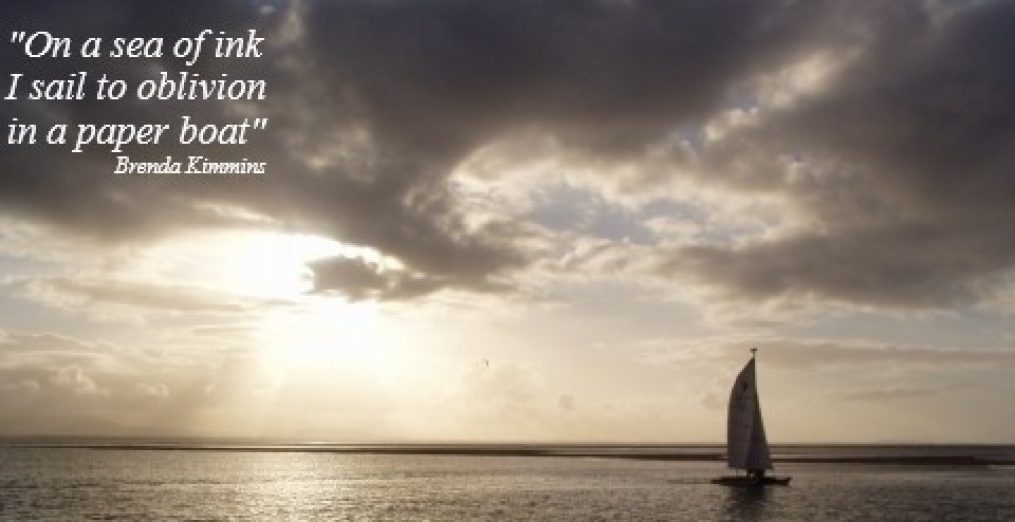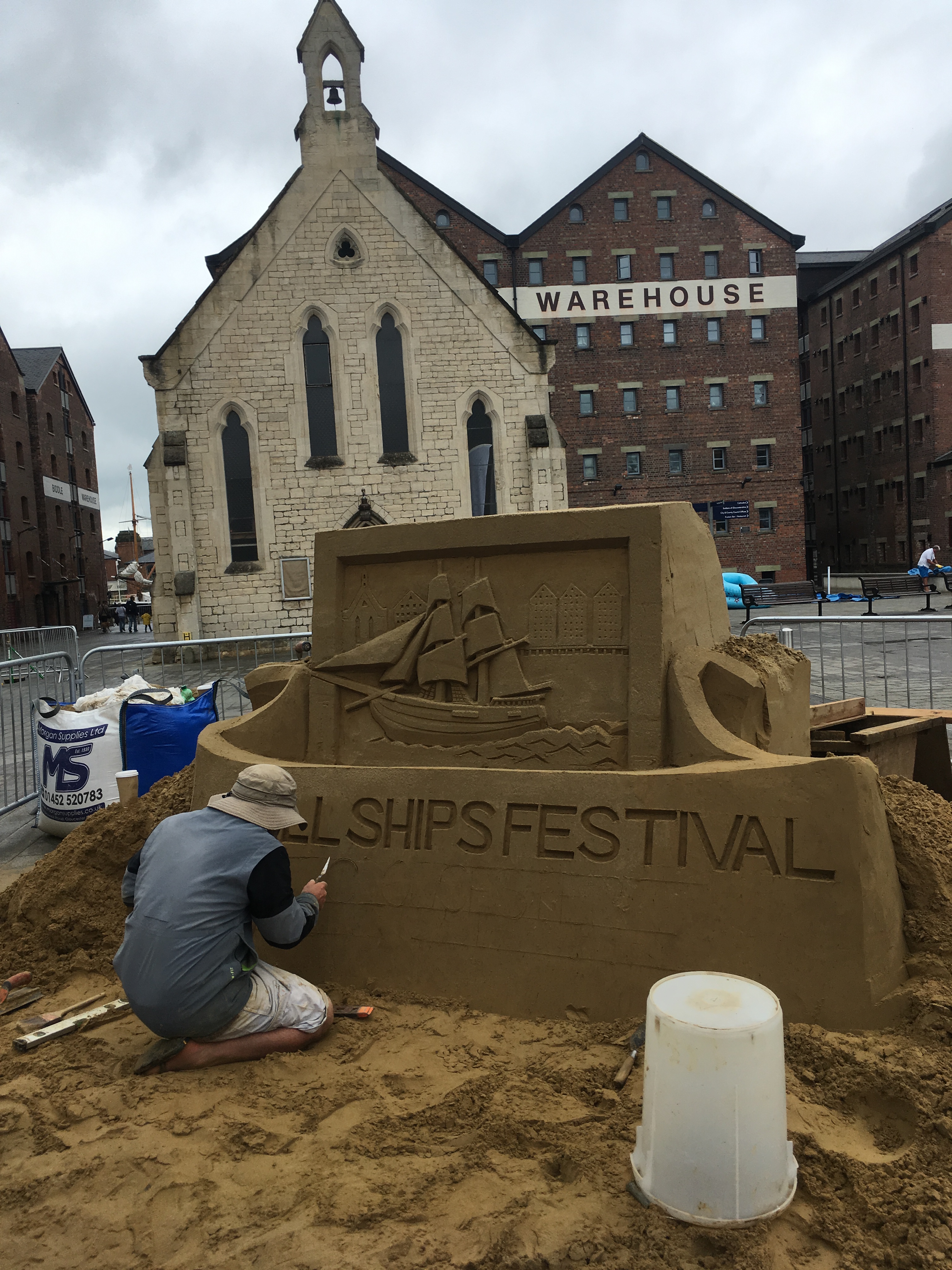
One of my favourite places to visit is the old abbey known as St Peter’s Grange, at Prinknash in the Cotswolds. I have written about it several times before

Now that the monks have returned to the Grange it is not open to the public except for the chapel. I often pop in there during my walks alone or with a friend. One of the features that has always appealed to me, is what looks like a brass or silver boat hanging from the ceiling. Hanging underneath is a round candle holder, which could symbolize the earth. Having seen many churches with decorative features in the shape of a boat, or stained-glass windows depicting Jesus rescuing his terrified disciples’ boat by calming the stormy seas; I decided to explore the significance of this beautiful object. I discovered that it represents, appropriately, the Barque of St Peter.

In the Gospels (Matthew 8: v23-27), the story is told of how Jesus subdued the winds and the waves that rocked the boat he was on, during a storm in the Sea of Galilee. This calmed the terrified disciples, including Peter who was to become, as the first Pope, the rock that the Church was built on. This, and many other events in the old and new testaments, led to the church being imagined as a ship carrying souls through whatever storms life throws at them, and bringing them safely to harbour. The imagery is so strong that the body of the church, where the ordinary people congregate, is called the Nave, from the Latin ‘Navis’, meaning a ship.

For me, as a Christian, it reflects the fact that earthly life can be seen as a pilgrimage and the church is there to enable us to reach our heavenly home. In practical terms I can say that I could not have survived the loss of my dear husband in 2020 without the spiritual support given by Seb Cummings from Mariners’ Church in Gloucester, and Fr Alan Finley from St Thomas More’s Church in Cheltenham.

Having grown up by the North Sea, I know how powerful and frightening the sea can be so I now find this ‘ship of souls’ very comforting. But, I will always find the sea exciting, so I’ll finish off with one of my favourite poems remembered from schooldays- Sea Fever by John Masefield (1878–1967) and it sums up my feelings perfectly:
I must go down to the seas again, to the lonely sea and the sky,
And all I ask is a tall ship and a star to steer her by;
And the wheel’s kick and the wind’s song and the white sail’s shaking,
And a grey mist on the sea’s face, and a grey dawn breaking.
I must go down to the seas again, for the call of the running tide
Is a wild call and a clear call that may not be denied;
And all I ask is a windy day with the white clouds flying,
And the flung spray and the blown spume, and the sea-gulls crying.
I must go down to the seas again, to the vagrant gypsy life,
To the gull’s way and the whale’s way where the wind’s like a whetted knife;
And all I ask is a merry yarn from a laughing fellow-rover,
And quiet sleep and a sweet dream when the long trick’s over.























































































































































